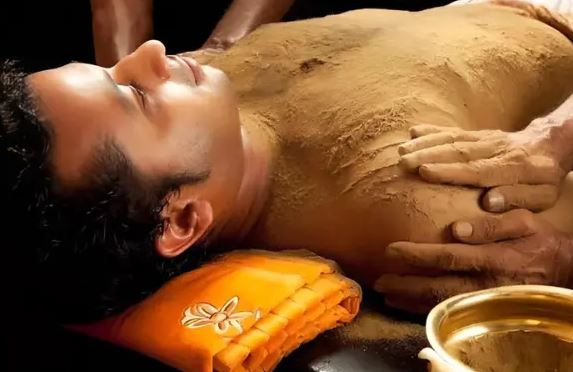Evaluating Vamana Shuddhi through Analytical Methods: A Pilot Study
DOI:
https://doi.org/10.21760/jaims.10.9.4Keywords:
Pittanta, Hay's test, Fat analysis, pH analysis, VamanaAbstract
Introduction: Panchakarma, comprises various detoxification and rejuvenation procedures, among which Vamana plays a vital role in eliminating excess Kapha Dosha. Vamana Sudhi, a therapeutic practice, is recognized for its effectiveness in cleansing the body and restoring balance. This study provides a comprehensive review of analytical methods used to assess the efficacy and safety of Vamana Sudhi, including hay tests, fat presence tests, pH meter analysis, and pH strip methods.
Materials and Methods: This study aimed to analyse pH levels, fat content, and the presence of bile salts in vomitus collected at every Vega during the Vamana procedure, regardless of the subject's disease conditions. A total of 15 participants underwent preparatory procedures, including Deepana-Pachana, Snehapana, Abhyanga, and Swedana, followed by Vamana using Madanaphala Pippali as the emetic agent.
Results: The Vamana procedure was conducted as per classical Ayurvedic texts. Subjects with Mandagni required more days for Deepana-Pachana compared to those with Madhyamagni. A significant correlation was observed between the duration of Snehapana and the type of Koshtha, suggesting that the duration of oleation therapy depends largely on gut characteristics. A notable pH changes in the last two Vegas indicated a shift in vomitus composition, suggesting that pH serves as an indicator of Pittanta. Additionally, a significant pH difference before and after treatment, as observed using pH strips, confirmed immediate gastrointestinal changes post-Vamana. The presence of bile in the vomitus further indicated successful expulsion of toxins.
Conclusion: Physical analysis of vomitus suggests that pH can serve as a reliable indicator for determining the endpoint of Vamana (Antiki Shuddhi). Measuring drug inputs and outputs (vomitus analysis) is crucial for assessing purification effectiveness (Maniki Shuddhi) and gaining insights into therapeutic outcomes. The study confirms the movement of Doshas from Shakha to Koshta and identifies fat presence in vomitus as a result of Snehapana and Kapha-Utkleshakara Ahara. This analytical approach provides a new perspective on evaluating the Vamana process.
Downloads
References
Agnivesha. Charaka Samhita with Ayurveda Deepika commentary by Chakrapani Datta. Edited by Acharya YT. Varanasi: Chaukambha Publications; 2001. Sutrasthana, Chapter 25, Verse 40. p. 132.
Agnivesha. Charaka Samhita with Ayurveda Deepika commentary by Chakrapani Datta. Edited by Acharya YT. Varanasi: Chaukambha Publications; 2011. Kalpasthana, Chapter 1, Verse 4. p. 651.
Agnivesha. Charaka Samhita with Ayurveda Deepika commentary by Chakrapani Datta. Edited by Acharya YT. Varanasi: Chaukambha Publications; 2011. Siddhisthana, Chapter 1, Verse 14. p. 679.
Chakrapani. Ayurveda Deepika commentary on Charaka Samhita. Edited by Tripathi B. 11th ed. Varanasi: Choukhamba Surbharti Prakashan; 2016. Sutrasthana, Chapter 25, Verse 40. p. 354.
Vasudevan DM. Textbook of Biochemistry for Medical Students. 7th ed. New Delhi: Jaypee Brothers Medical Publishers; 2013. p. 350. ISBN: 978-93-5090-530-2.
Mendel LB. The absorption of fats stained with Sudan. Am J Physiol. 1909;24(5):493–6.
Vishalini L, Sanjithk, Ramesh M, Indrapriyadarshini K, Murugesan A, Prem D. Comparison of efficacy of salivary pH strips with pH meter using saliva of smokers and non-smokers: A single institutional study. J Crit Rev. 2020;7.

Published
How to Cite
Issue
Section
License
Copyright (c) 2025 Harshitha M, Vijayalaxmi Asundi, Rohini Purohit, Subrahmanya Padyana, Anagha Komalankutty

This work is licensed under a Creative Commons Attribution 4.0 International License.














